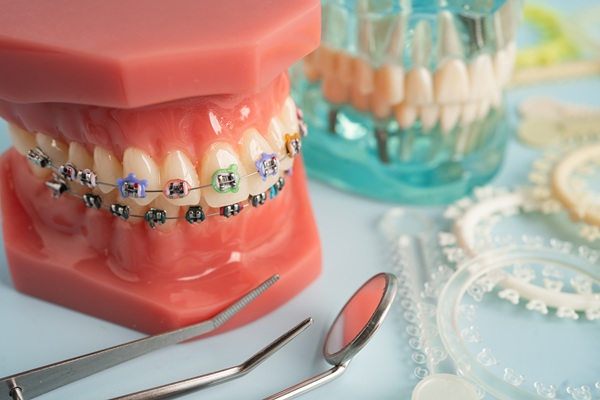Stepping out of the dentist’s office with a fresh composite-bonded smile is a delightful experience. Yet, the journey doesn’t end there – it’s time to preserve that afterglow!
Join us to learn the essential steps and practical tips for maintaining the brilliance of your teeth after composite bonding for teeth that remain as dazzling as ever.
What is Composite Bonding and When is It Used
Composite bonding is a cosmetic dental procedure that involves the application of a tooth-coloured resin material to the natural tooth surface. This versatile treatment is commonly used for both cosmetic and restorative purposes, contributing to a brighter and healthier smile. Unlike veneers or crowns, which require more extensive tooth preparation, composite bonding is a minimally invasive option that can address various dental concerns such as:
- Correcting chipped and cracked teeth
- Closing small gaps between teeth
- Reshaping misaligned and irregularly shaped teeth
- Filling cavities
- Repairing teeth with minor enamel damage
Whether you’re looking to enhance the beauty of your smile or address specific dental issues, composite bonding could be a viable solution for you. Talk to your Bellevue Hill dentist to assess your suitability for dental bonding.
The Composite Bonding Procedure
Composite bonding is a relatively simple dental technique. Before starting the procedure, your dentist will conduct a thorough examination of your oral health. This includes assessing the condition of the teeth, identifying cosmetic concerns, and discussing your goals for composite bonding.
1. Tooth Preparation
The tooth slated for bonding is meticulously cleaned. Any existing plaque or debris is removed, creating a pristine surface for the bonding material. To ensure a secure bond between the tooth and the composite resin, the dentist may etch the tooth’s surface with a mildly acidic solution. This creates microscopic pores on the enamel, promoting better adhesion.
2. Application of Bonding Agent
Following etching, a bonding agent is applied to the tooth. This adhesive promotes a strong and durable connection between the natural tooth and the composite material. It acts as a bridge, ensuring a seamless integration of the bonding material.
3. Composite Material Selection
Your dentist carefully selects a shade of composite resin that matches the natural colour of your teeth. This personalised approach ensures that the bonded tooth blends seamlessly with your natural teeth, creating a harmonious and natural-looking appearance.
How to Take Care of Your Bonded Teeth
Much like any other dental procedure, bonded teeth require proper care and attention to maintain their optimal condition. The steps you take post-composite bonding play a pivotal role in preserving the integrity and brilliance of your enhanced smile.
Here’s how to take care of your bonded teeth:
- Use a soft-bristle toothbrush to gently clean your teeth, including the bonded ones. Brush at least twice a day, using fluoride toothpaste to maintain overall oral health.
- Make it a habit to floss at least once daily, ensuring that you reach the spaces between your teeth and around the bonded areas. However, when flossing around bonded teeth, use a gentle touch to avoid dislodging the bonding material.
- Certain foods and beverages can stain your teeth, including those with composite bonding. Limit your intake of coffee, tea, red wine, and coloured foods. If you do consume them, rinse your mouth with water afterwards.
- While composite bonding is durable, it’s essential to avoid biting into hard objects like ice, pens, or nuts. Additionally, steer clear of sticky or excessively chewy foods that could put undue stress on the bonded teeth.
- If you’re a habitual teeth grinder or clench your jaw, consider using a mouthguard. These habits can exert excessive pressure on your bonded teeth, potentially leading to damage.
- Schedule routine dental checkups to allow your dentist to monitor the condition of your teeth. Early detection of any issues ensures timely intervention and helps maintain the longevity of the bonding.
- Lastly, if your dentist provided specific post-operative care instructions after the composite bonding procedure, be sure to follow them diligently. These instructions are tailored to your individual case and contribute to the successful healing and maintenance of your treated teeth.
Also read our blog: Transform Your Smile with Composite Bonding: The Ultimate Guide
Looking for a Dentist for Composite Bonding in Bellevue Hill, NSW?
At Bellevue Hill Dental, we take pride in providing comprehensive aftercare guidance and support to ensure you maintain your newfound smile for years to come. Our team not only helps transform your teeth through composite bonding but also empowers you with the right knowledge and tools needed for effective at-home care. Schedule a consultation at Bellevue Hill Dental today and prepare yourself to achieve a smile that is as beautiful as it is healthy.



